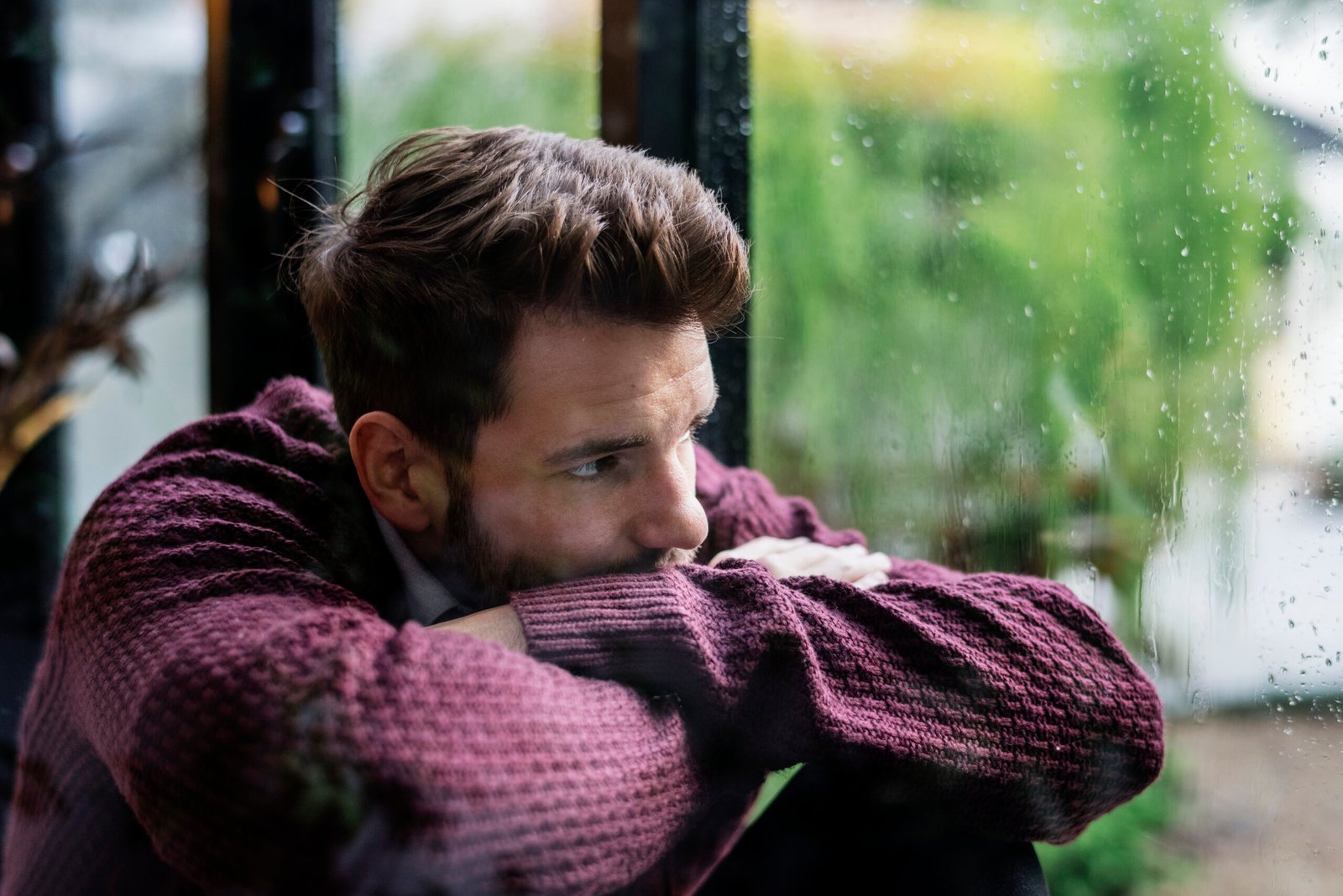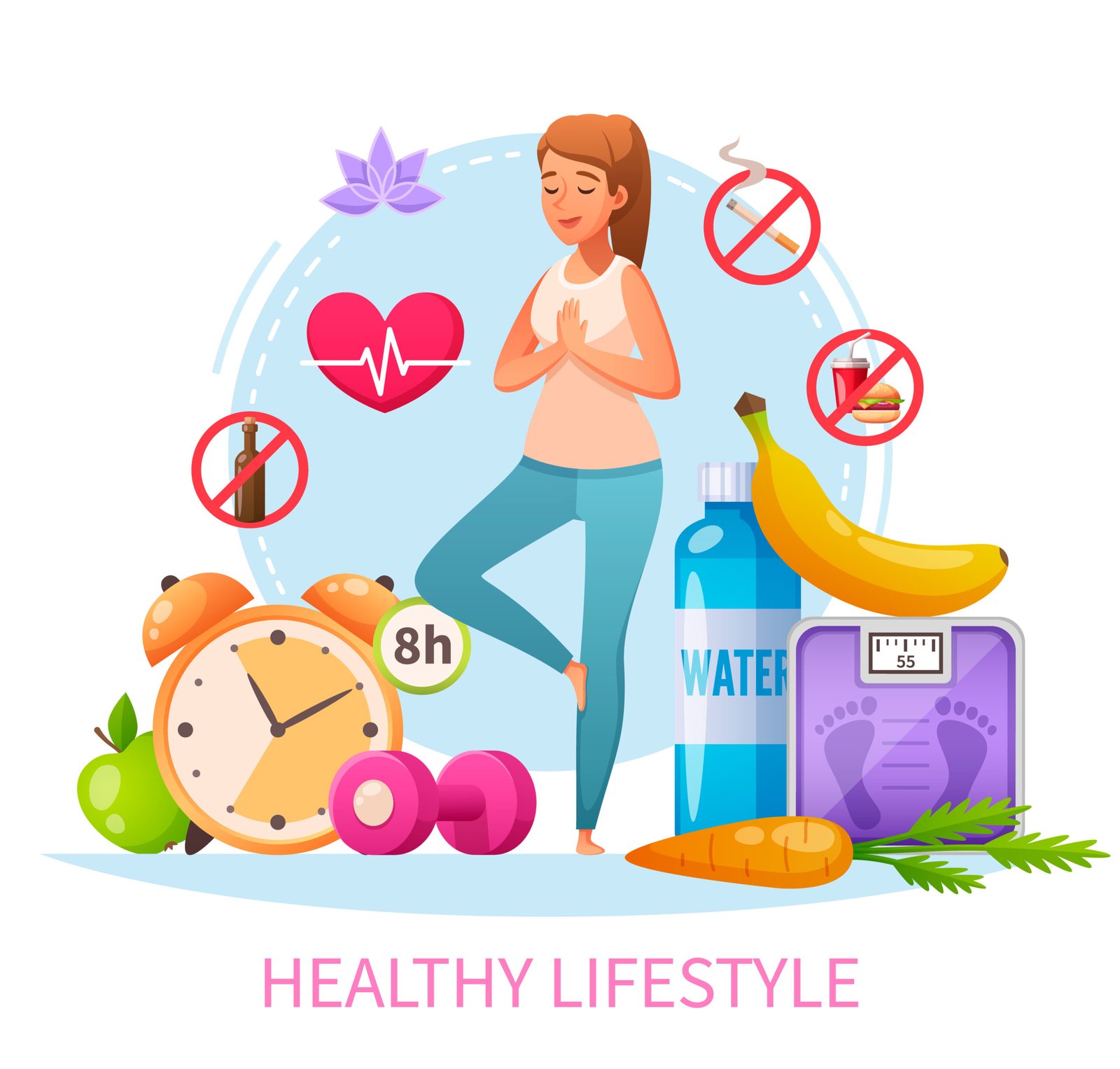
Sadness Is Part of Being Human — Not a Sign of Weakness
Sadness often gets a bad reputation. It’s one of those emotions we’re taught to hide, avoid, or quickly “get over.” But in truth, sadness is natural, necessary, and deeply human. It shows up when we lose something meaningful, when our expectations fall apart, or when life simply feels overwhelming.
Rather than seeing sadness as something negative, we can begin to view it as a signal — an invitation to pause, reflect, and tend to our emotional needs. Just like physical pain tells us something in the body needs attention, emotional pain like sadness points to a part of the heart that’s asking for care.
Sadness is a natural human emotion that everyone experiences. Whether triggered by a personal loss, a disappointment, or simply overwhelming stress, sadness signals that something in your life needs attention. While it’s uncomfortable, it’s also important—serving as a reminder to slow down, reflect, and care for your emotional well-being.
Unlike depression, which is persistent and debilitating, sadness is typically temporary and manageable with the right mindset and support. Acknowledging your Sorrow instead of pushing it away is the first step toward healing.
Common Causes of Sadness
- Loss or grief (death, breakup, change)
- Loneliness or isolation
- Stress and burnout
- Life transitions (moving, career change)
- Unmet expectations or failures
Healthy Ways to Cope with Sadness
1. Talk About It
Speaking to a friend, therapist, or journaling can help you release bottled-up feelings and gain clarity.
2. Move Your Body
Gentle exercise like walking or yoga helps release mood-boosting endorphins.
3. Allow Yourself to Feel
It’s okay to cry or feel down. Giving yourself permission to feel is essential for emotional recovery.
4. Practice Self-Compassion
Avoid blaming yourself for feeling sad. Be kind and patient with yourself during low moments.
Small Acts of Self-Care
Engaging in comforting activities—like reading, listening to music, or spending time in nature—can help ease Heartache and bring moments of peace. Even small steps can lift your spirits when taken consistently.
Turning Sadness Into Strength
Sadness, though painful, can also be a powerful teacher. It often brings a heightened awareness of your values, relationships, and personal boundaries. When embraced with mindfulness, Heartache can guide you toward positive changes—like reconnecting with loved ones, adjusting your goals, or simply appreciating life’s quieter moments. Instead of resisting it, allow sadness to be a stepping stone toward emotional wisdom and inner strength.
Sadness is part of being human. It teaches empathy, resilience, and personal growth. When we accept it without judgment and seek support, we move one step closer to emotional healing.
Real-Life Moments That Trigger Sadness
Sadness doesn’t always stem from big events like grief or heartbreak — sometimes, it sneaks in quietly through the small disappointments of daily life:
- A friendship that slowly fades without explanation
- Feeling left out or misunderstood
- Looking around and wondering if you’re really where you want to be
- Even just a rainy day when your plans don’t go as expected
I remember a moment when I felt unexpectedly sad — nothing major had happened. But I had gone days without truly resting or checking in with myself. Sitting with a cup of tea and writing in my journal helped me realize that I wasn’t just tired — I was emotionally drained. That realization helped me slow down and show myself some kindness.
Why Sadness Matters
While we often try to “snap out of it,” the truth is that sadness plays an important emotional role:
- It creates space for reflection: When we’re sad, we tend to step back from the noise of life and turn inward.
- It deepens empathy: Experiencing sadness allows us to better understand others’ pain.
- It signals unmet needs: Whether it’s a lack of connection, purpose, or rest, sadness is often pointing us toward something that needs attention.
- It builds resilience: As uncomfortable as it is, sitting with sadness helps us build emotional strength and self-compassion.
Gentle Ways to Navigate Through Sadness
There’s no universal formula for dealing with sadness, but there are compassionate ways to support yourself when heavy emotions arise. Here are a few thoughtful approaches that can help you process and move through it:
1. Let Yourself Feel Without Judgment
It’s completely human to feel down sometimes. Instead of pushing your feelings away or pretending to be fine, give yourself the freedom to sit with them. Acknowledging your sadness without trying to immediately fix it is the first step toward healing.
2. Identify and Express Your Emotions
Sometimes we feel sad without knowing exactly why. Try putting what you’re feeling into words — whether by writing it down, recording a voice memo, or simply saying it out loud to yourself. Labeling your emotions (like “I feel overlooked” or “I feel drained”) can bring surprising relief and clarity.
3. Engage in Gentle Physical Movement
You don’t need an intense workout — just get your body moving in a way that feels good. A slow walk, some light stretching, or even tidying your space can shift your energy and ease emotional heaviness.
4. Reach Out for Connection
You don’t have to go through it alone. Talking to someone — a close friend, a family member, or even a therapist — can bring comfort. Sometimes, being heard and understood is more healing than any advice.
5. Nurture Yourself With Small Acts of Care
Sadness can make everything feel heavy, so start small. Do one gentle thing just for you — sip your favorite tea, sit in the sunlight for a few minutes, listen to calming music, or revisit a hobby you enjoy. These small moments of care can gradually restore your emotional balance.
Sadness Doesn’t Mean Something Is Wrong With You
Feeling sad doesn’t mean you’re broken or failing at life — it means you’re alive, feeling deeply, and responding to the world around you. In fact, allowing space for sadness makes room for other emotions too — like peace, hope, and joy.
Healing doesn’t always come in big breakthroughs. Sometimes, it comes in quiet ways: through rest, through reflection, and through simply letting yourself feel without judgment.
Sadness is not your enemy. It’s a part of your emotional landscape — one that helps shape your strength, your compassion, and your understanding of life. Rather than pushing it away, try meeting it with gentle curiosity. You might be surprised at what it teaches you.







